| Autore |
 Discussione Discussione  |
|
Murex76
Moderatore
   

Città: Palermo & Jesi (AN)

1917 Messaggi
Biologia Marina |
 Inserito il - 29 ottobre 2011 : 23:38:59 Inserito il - 29 ottobre 2011 : 23:38:59


|
Yes, it's probably Ocinebrina edwardsii.
Giuseppe
Chi semina vento, raccoglie tempesta |
 |
|
|
Fabiolino pecora nera
Moderatore
    
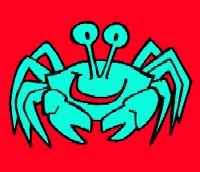
Città: Napoli
Prov.: Napoli
Regione: Campania

5000 Messaggi
Biologia Marina |
 Inserito il - 30 ottobre 2011 : 10:40:44 Inserito il - 30 ottobre 2011 : 10:40:44


|
Giuseppe, did you see that part (white circle?). It cannot be Ocinebrina edwardsii....
Immagine:
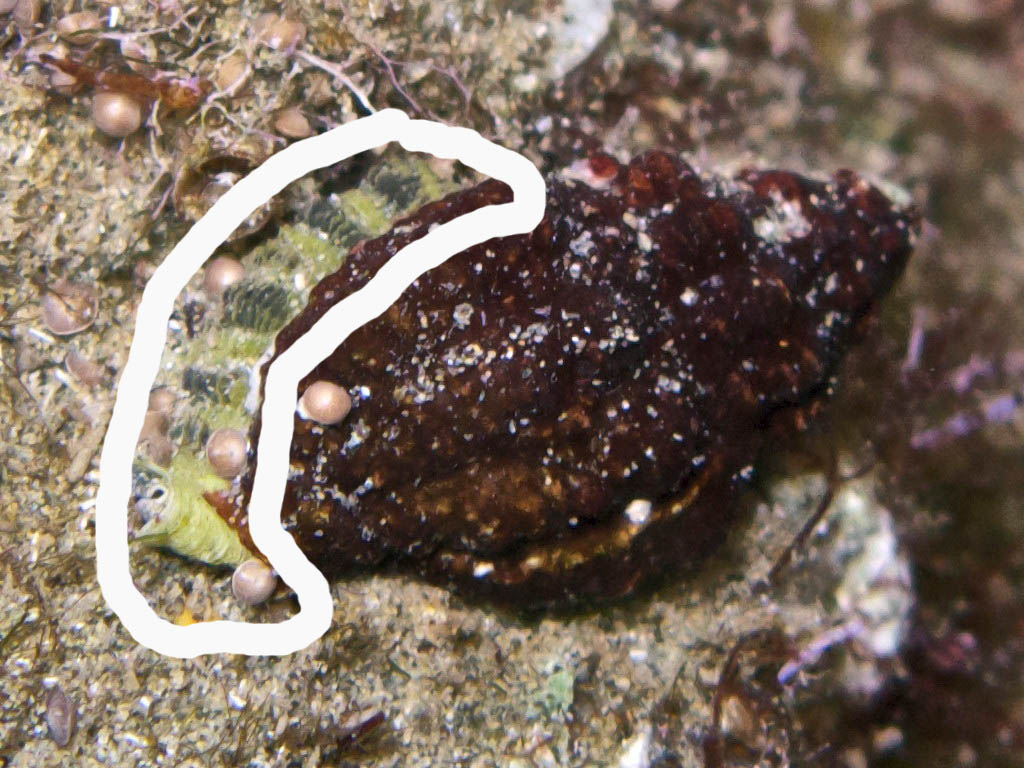
185,48 KB |
 |
|
|
Stepa
Utente Senior
   
Città: Pescara
Regione: Abruzzo

2965 Messaggi
Tutti i Forum |
 Inserito il - 30 ottobre 2011 : 14:13:02 Inserito il - 30 ottobre 2011 : 14:13:02


|
Concordo con Fabio.
Il mio modesto parere è che sia certamente una Ergalatax junionae, identica all'altra.
Il colore (bianconero, sotto il periostraco) e le lamelle dovrebbero poi escludere Ocinebrina edwardsii. Il profilo più tozzo è dovuto soltanto allo spessore dell'incrostazione.
Ciao
Stefano |
 |
|
|
Murex76
Moderatore
   

Città: Palermo & Jesi (AN)

1917 Messaggi
Biologia Marina |
 Inserito il - 30 ottobre 2011 : 20:23:01 Inserito il - 30 ottobre 2011 : 20:23:01


|
Guardate la spira e la struttura della scultura spirale che si riesce a riconoscere, non sono di Ergalatax junionae.
Lasciate perdere il colore, e confrontate i giri precedenti con l'esemplare che si vede nelle foto precedenti, quello "pulito" per intenderci.
Che abbia delle lamelle, vuol dire poco, è una porzione di giro, appena formata, è possibile che Oc. edwardsii, presenti lamelle.
Giuseppe
Chi semina vento, raccoglie tempesta |
 |
|
|
Fabiolino pecora nera
Moderatore
    

Città: Napoli
Prov.: Napoli
Regione: Campania

5000 Messaggi
Biologia Marina |
 Inserito il - 31 ottobre 2011 : 09:52:09 Inserito il - 31 ottobre 2011 : 09:52:09


|
Well, no problems if we do not agree on one identification  . Further photos (shelled and not shelled mollusca) will come? . Further photos (shelled and not shelled mollusca) will come? 
Levatemi tutto ma non il mio mare... |
 |
|
|
carl
Utente Junior
 
Città: Klagenfurt
Regione: Austria

93 Messaggi
Biologia Marina |
 Inserito il - 31 ottobre 2011 : 10:17:38 Inserito il - 31 ottobre 2011 : 10:17:38


|
Ciao  ! !
Yes, more images are under way and here they are. These gastropoda should be well known for the Mediterranean Sea:
Immagine A Bolma rugosa:
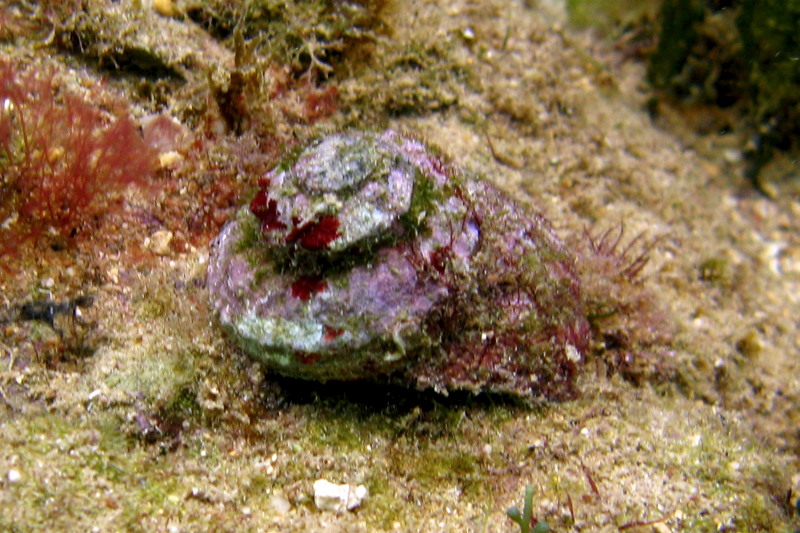
188,98 KB
Immagine B Bolma rugosa:
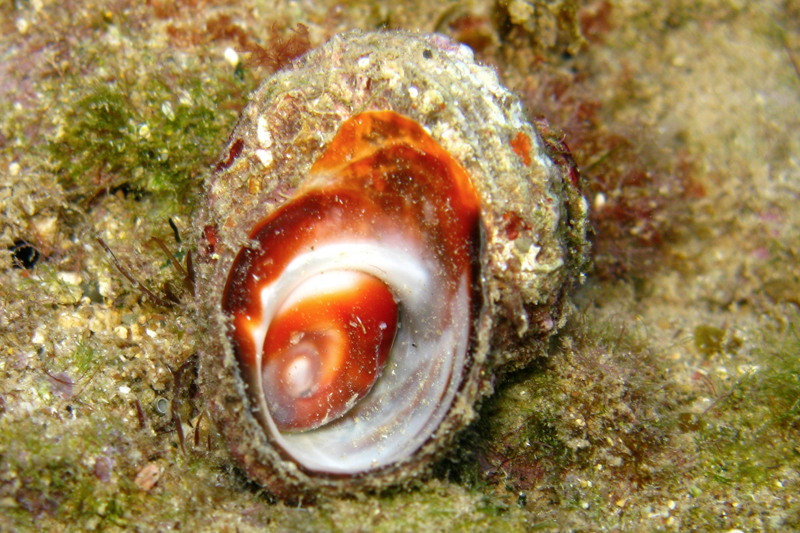
190,73 KB
Immagine C Hexaplex trunculus:
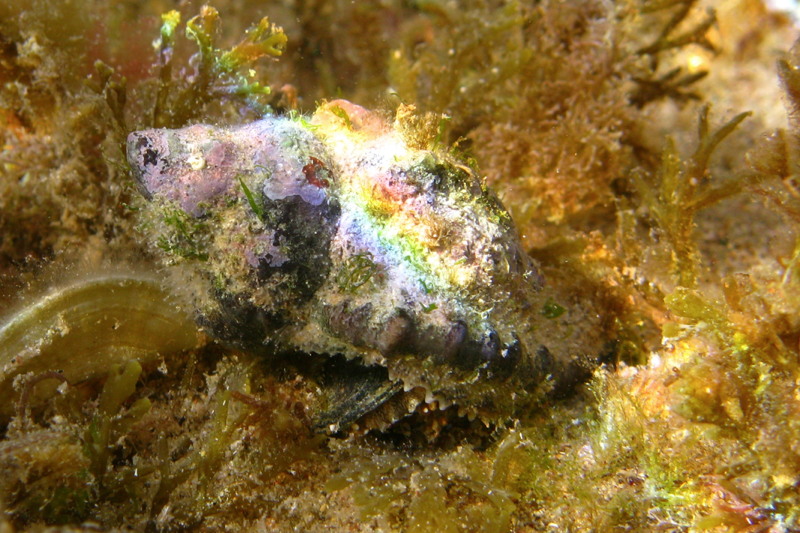
185,9 KB
Immagine D Charonia variegata (= Charonia tritonia variegata):
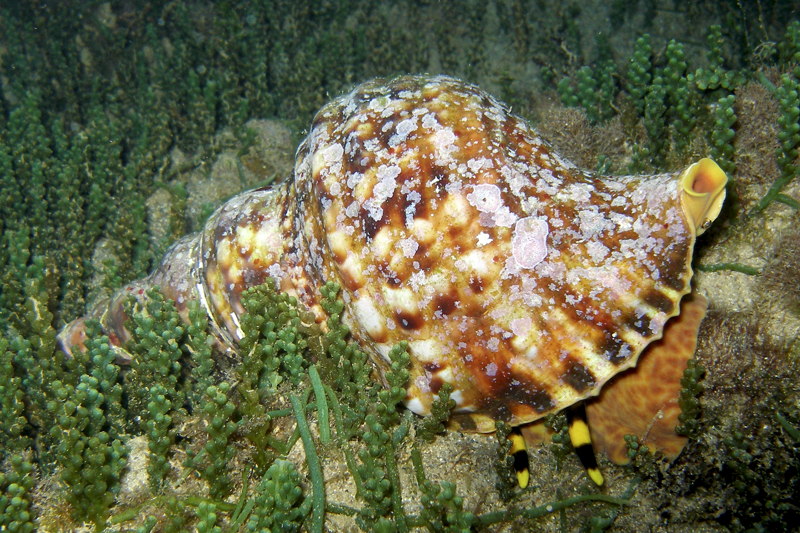
191,63 KB
Immagine Immagine E Charonia variegata (= Charonia tritonia variegata):
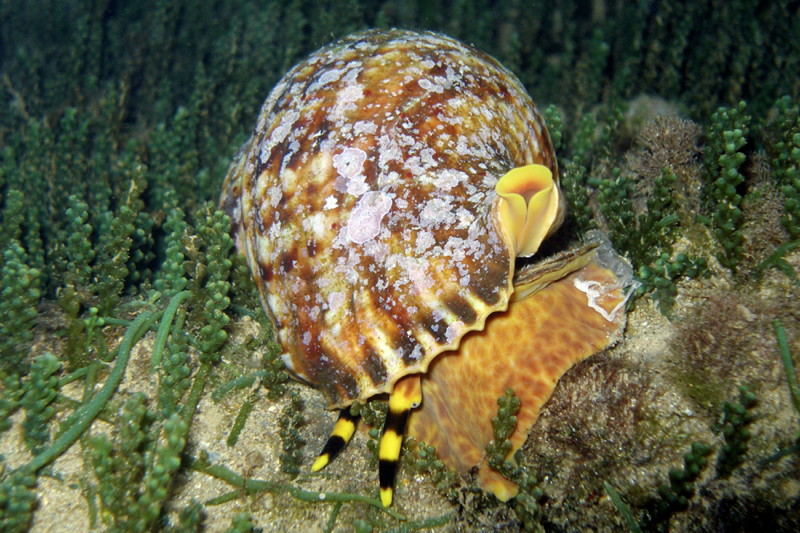
193,32 KB
Immagine F Conomurex persicus:
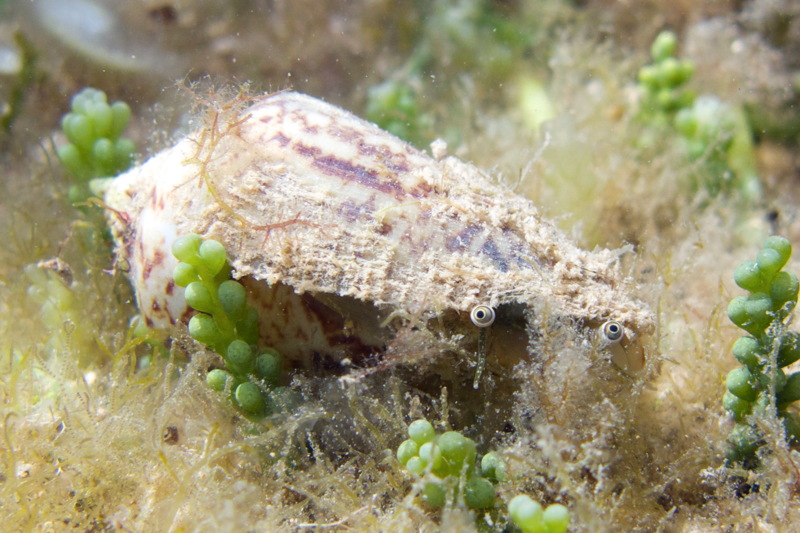
181,05 KB
--
Helmut Carl Simak
|
Modificato da - carl in data 31 ottobre 2011 10:26:09 |
 |
|
|
Fabiolino pecora nera
Moderatore
    

Città: Napoli
Prov.: Napoli
Regione: Campania

5000 Messaggi
Biologia Marina |
 Inserito il - 31 ottobre 2011 : 11:05:44 Inserito il - 31 ottobre 2011 : 11:05:44


|
Thank you, your photos are very nice. I hope they will never finish as I'm very interested in that geographic area  . Your identifications are right. . Your identifications are right.
Levatemi tutto ma non il mio mare... |
 |
|
|
carl
Utente Junior
 
Città: Klagenfurt
Regione: Austria

93 Messaggi
Biologia Marina |
 Inserito il - 31 ottobre 2011 : 11:46:54 Inserito il - 31 ottobre 2011 : 11:46:54


|
Ciao Fabio!
I will continue my series for know after I have resized more images. And fortunately for you I will return to Larnaka/Cyprus once more in three weeks for an other vacation lasting two weeks. I hope the weather will be fine and then I will take care of any mollusks I will likely come across.
--
Helmut Carl Simak |
 |
|
|
Fabiolino pecora nera
Moderatore
    

Città: Napoli
Prov.: Napoli
Regione: Campania

5000 Messaggi
Biologia Marina |
 Inserito il - 31 ottobre 2011 : 11:53:34 Inserito il - 31 ottobre 2011 : 11:53:34


|
Thanks, thanks, thanks 
Levatemi tutto ma non il mio mare... |
 |
|
|
Murex76
Moderatore
   

Città: Palermo & Jesi (AN)

1917 Messaggi
Biologia Marina |
 Inserito il - 31 ottobre 2011 : 17:53:10 Inserito il - 31 ottobre 2011 : 17:53:10


|
| Messaggio originario di Fabiolino pecora nera:
Well, no problems if we do not agree on one identification  . Further photos (shelled and not shelled mollusca) will come? . Further photos (shelled and not shelled mollusca) will come? 
Levatemi tutto ma non il mio mare...
|
             
For me, Fabio, this type of axial rib in previous whorls, is not of Ergalatax junionae, where those are more narrow and low, usually with only a big visible tuberculum, formed by the spiral cords P1 and P2.
Immagine:
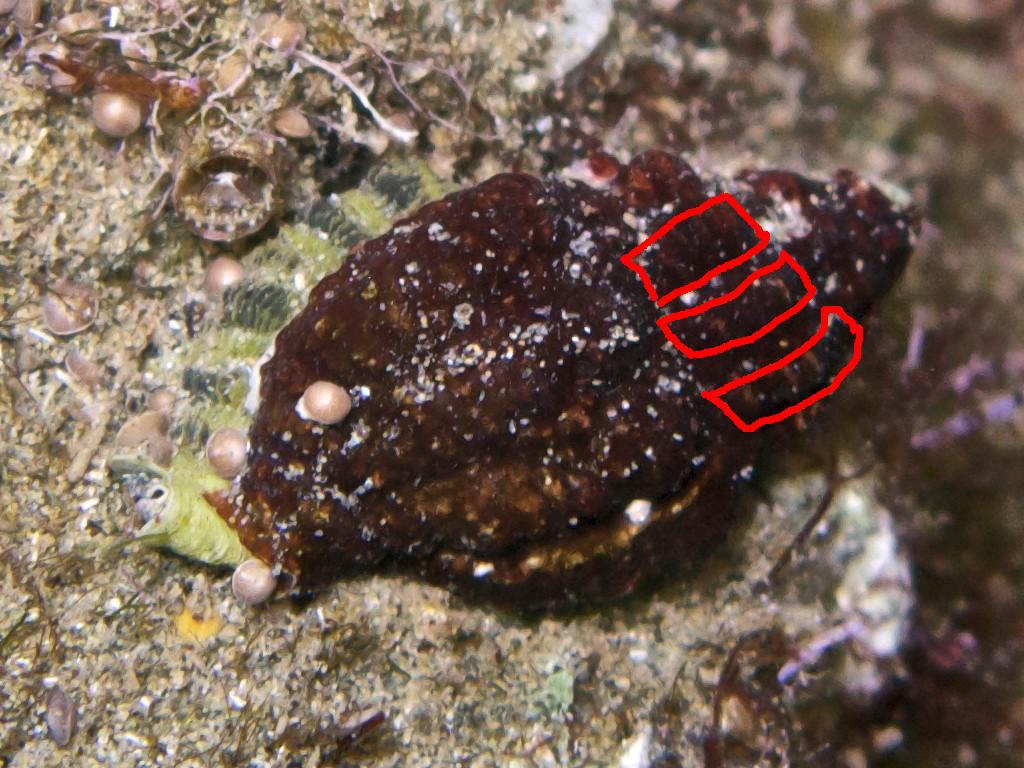
142,7 KB
After, I think that this is the spiral structure, and this is not of Ergalatax junionae, where P1 and P2 are not spaced, with P1 immediately followed by a small P2 (for this internal denticles start with D2). While P1 and P2 are spaced in Ocinebrina edwardsii.
Immagine:
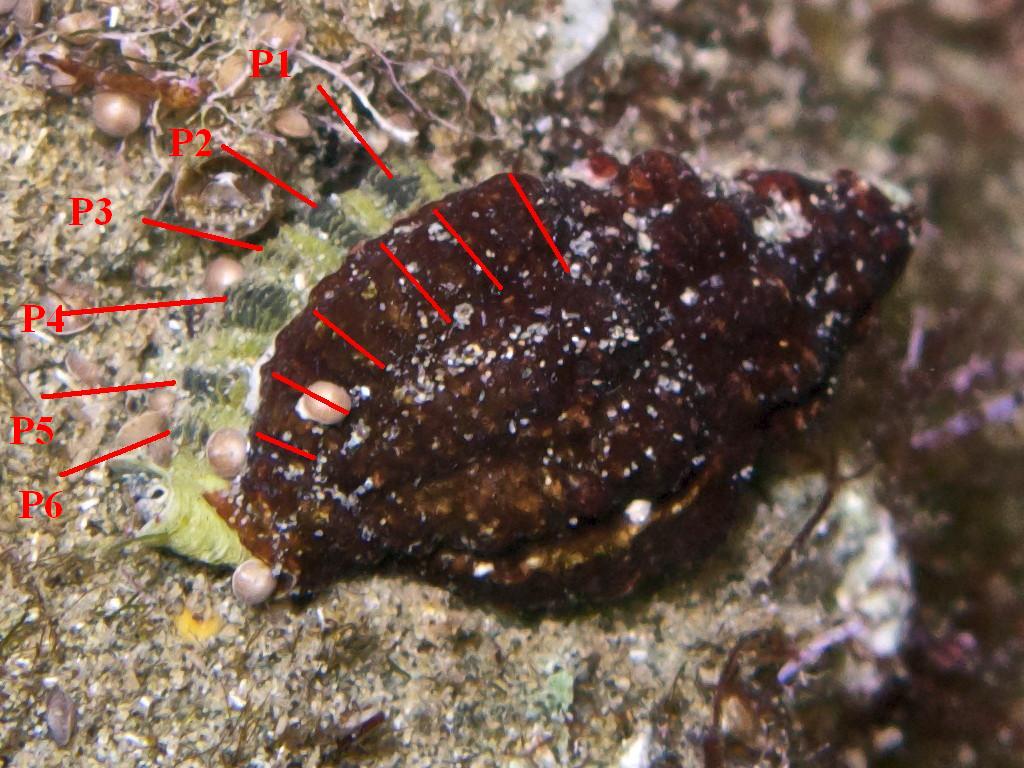
143,68 KB
But without ventral view.........
Giuseppe
Chi semina vento, raccoglie tempesta |
 |
|
|
carl
Utente Junior
 
Città: Klagenfurt
Regione: Austria

93 Messaggi
Biologia Marina |
 Inserito il - 31 ottobre 2011 : 18:28:22 Inserito il - 31 ottobre 2011 : 18:28:22


Classe: Gastropoda Ordine: Famiglia: Vermetidae Genere: Serpulorbis Specie:Serpulorbis arenarius
|
Now some images of vermatidae:
Immagine Serpulorbis arenarius B:
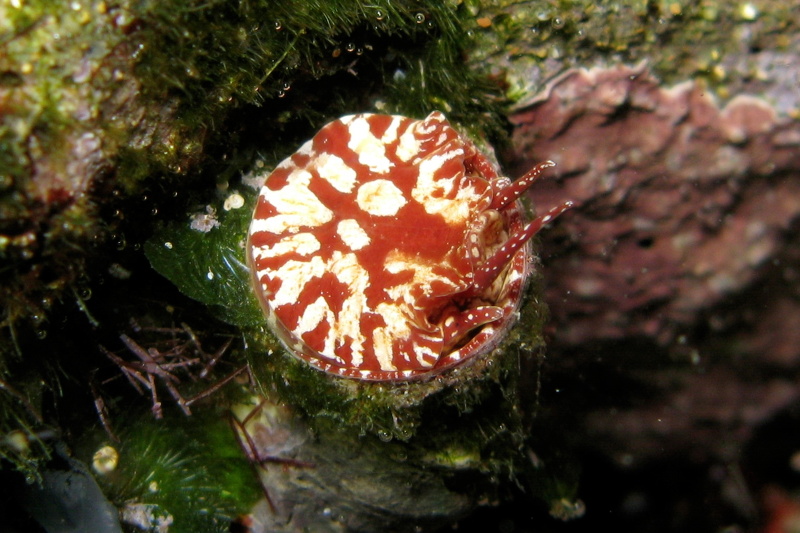
198 KB
Immagine Serpulorbis arenarius A:
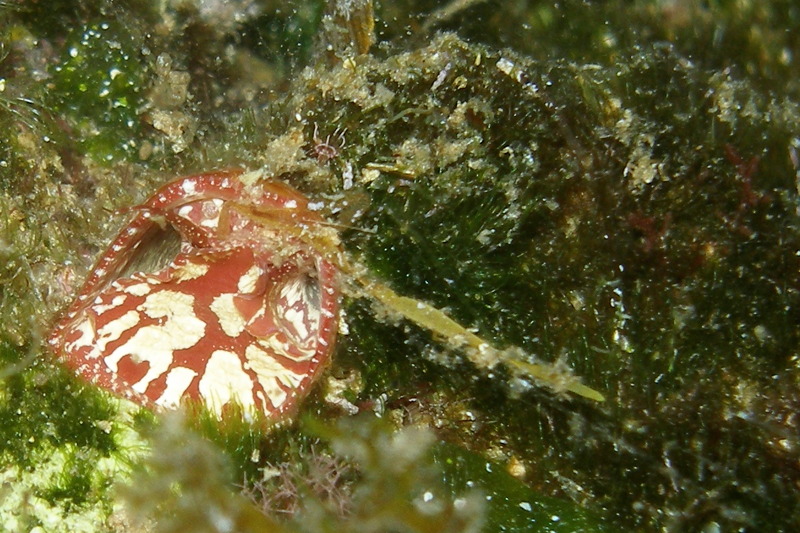
200,1 KB
Immagine Serpulorbis arenarius C:
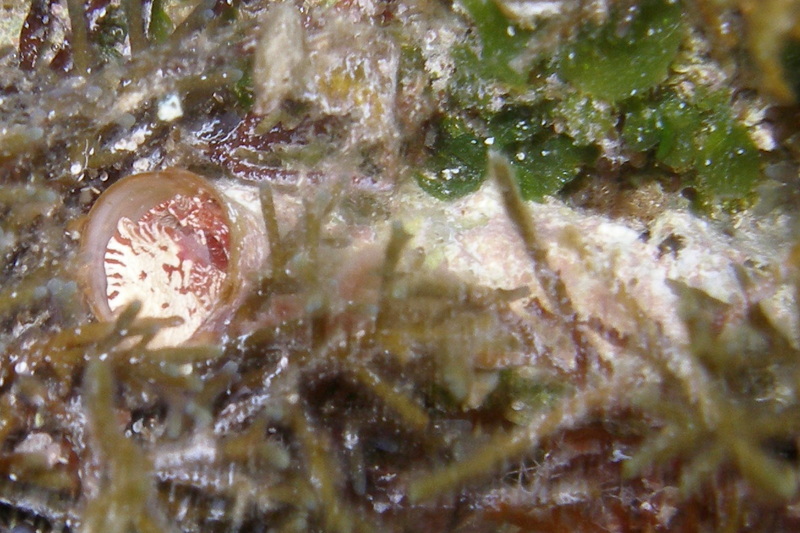
196,03 KB
Immagine Vermetidae D:
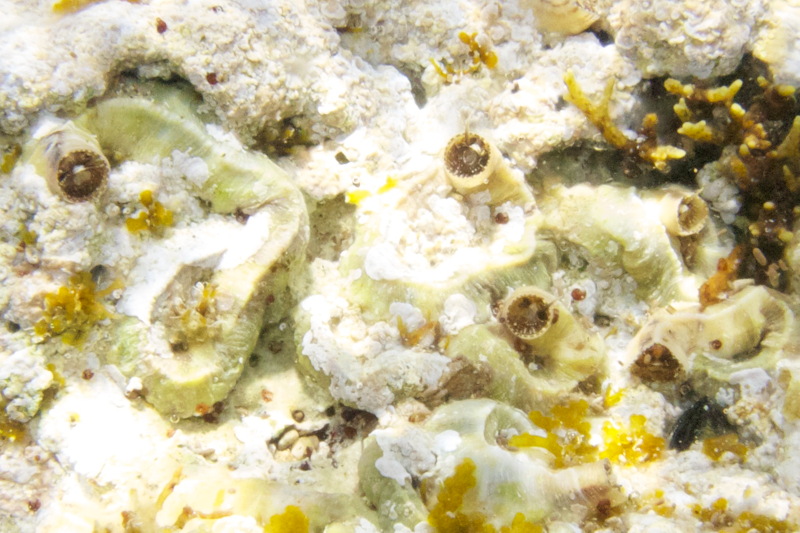
179,5 KB
Immagine Vermetidae E:
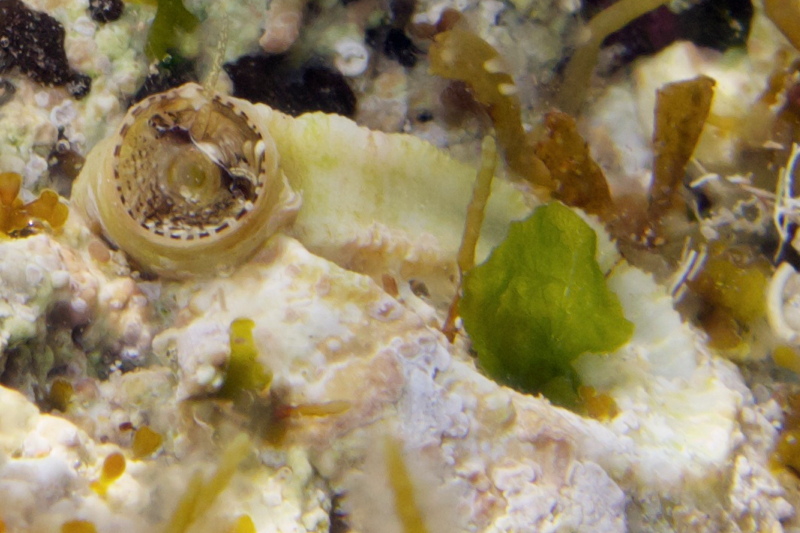
195,79 KB
Immagine Vermetidae F:
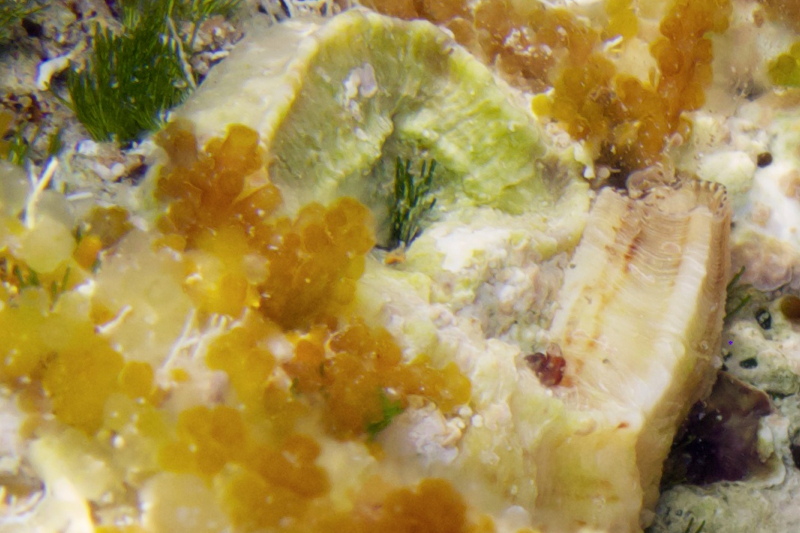
195,33 KB
--
Helmut Carl Simak
|
Modificato da - carl in data 31 ottobre 2011 18:31:57 |
 |
|
|
Fabiolino pecora nera
Moderatore
    

Città: Napoli
Prov.: Napoli
Regione: Campania

5000 Messaggi
Biologia Marina |
 Inserito il - 31 ottobre 2011 : 19:59:17 Inserito il - 31 ottobre 2011 : 19:59:17


|
First: thank you Carl. I cannot be of help on that Vermetidae, may be someone else...
Second: Giuseppe, I understood...you wanna fight  . When I will buy again a camera I will add photo of my specimens to this post. However, working on that photo, did you see the siphonal canal? . When I will buy again a camera I will add photo of my specimens to this post. However, working on that photo, did you see the siphonal canal?
It shows soft parts of the animal, that are not whitish as those of Ocinebrina edwardsii. But, unfortunately, I do not have photos of live specimens of Ergalatax junionae and I do not know its colour pattern. Somebody has them?
However, may be Carl could help us on the topic:
a) taking photos of the soft parts of Ergalatax junionae in his next travel (it is a common species in Cyprus, often under rocks). Also taking photos of the siphonal canal area with soft parts out.
b) there are no doubts that the specimen photographed is a Muricidae. If you come back again in the same area, may be there are some possibilities you will find the same animal in the same site...it could be a good end point to this discussion 
And...apologyes for my English 
Levatemi tutto ma non il mio mare... |
 |
|
|
Murex76
Moderatore
   

Città: Palermo & Jesi (AN)

1917 Messaggi
Biologia Marina |
 Inserito il - 31 ottobre 2011 : 20:48:26 Inserito il - 31 ottobre 2011 : 20:48:26


|
| Messaggio originario di Fabiolino pecora nera:
Giuseppe, I understood...you wanna fight  . .
|
Fabioooooooooooo!
I don't want fight with you......, but on siphon Ergalatax junionae have 2 cords, and in this photo I not see..........          
Giuseppe
Chi semina vento, raccoglie tempesta |
 |
|
|
carl
Utente Junior
 
Città: Klagenfurt
Regione: Austria

93 Messaggi
Biologia Marina |
 Inserito il - 30 dicembre 2011 : 22:28:59 Inserito il - 30 dicembre 2011 : 22:28:59


|
Dear experts!
First, for the Vermetidae above I got the name "Vermetus triquetrus Bivona Ant. 1832".
Second, 4 weeks ago I took at Larnaka in the same location as last year the two attached images of an encrusted Gastropod. But check out yourself and compare it to the images I posted earlier.
(Beware, I did not leave the shellfish on its back but flipped it back around as seen on the second image! The Actiniaria on the right shows Bunodeopsis strumosa Andres 1881)
Immagine:
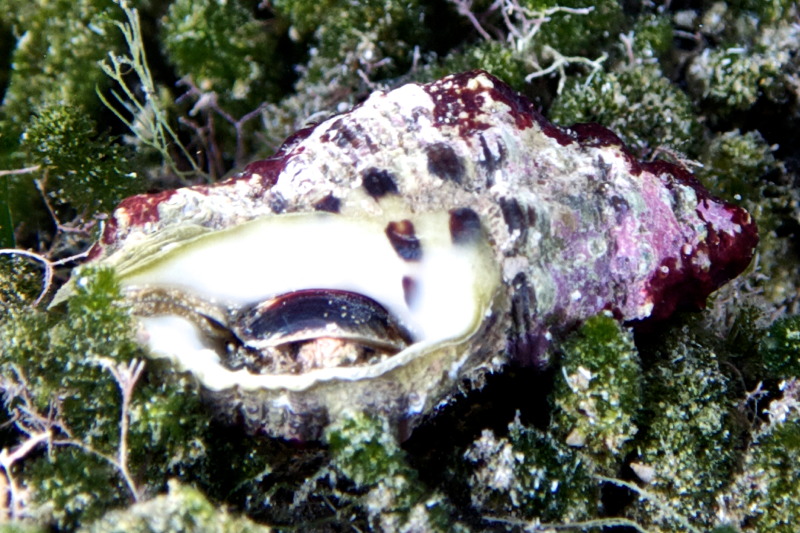
196,2 KB
Immagine:
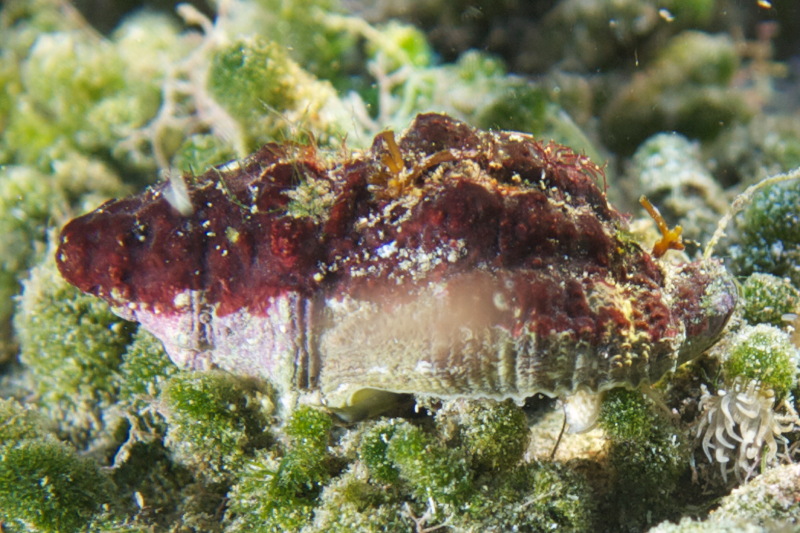
200,85 KB
--
Helmut Carl Simak |
Modificato da - carl in data 30 dicembre 2011 22:32:14 |
 |
|
|
carl
Utente Junior
 
Città: Klagenfurt
Regione: Austria

93 Messaggi
Biologia Marina |
 Inserito il - 30 dicembre 2011 : 22:37:58 Inserito il - 30 dicembre 2011 : 22:37:58


|
An here one more image of what I think is the same species.
Immagine:
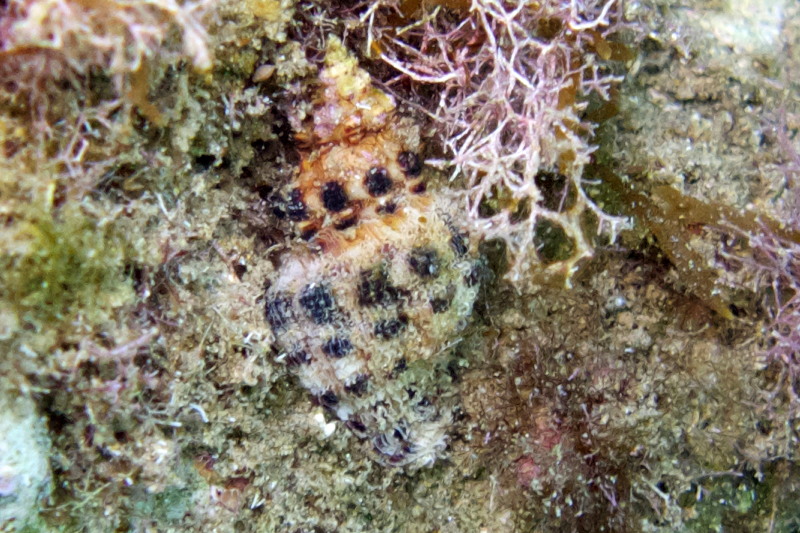
204,01 KB
--
Helmut Carl Simak |
 |
|
|
Paoloerre
Utente Senior
   

Città: Venezia
Prov.: Venezia
Regione: Veneto

1541 Messaggi
Biologia Marina |
 Inserito il - 31 dicembre 2011 : 17:49:50 Inserito il - 31 dicembre 2011 : 17:49:50


|
L'esemplare dell'ultima foto potrebbe essere Thais sacellum.
Al momento non mi viene in mente altro!
paolo |
 |
|
|
Stepa
Utente Senior
   
Città: Pescara
Regione: Abruzzo

2965 Messaggi
Tutti i Forum |
 Inserito il - 31 dicembre 2011 : 18:01:31 Inserito il - 31 dicembre 2011 : 18:01:31


|
Io invece ritorno cocciutamente su Ergalatax junionae
Stefano |
 |
|
|
Paoloerre
Utente Senior
   

Città: Venezia
Prov.: Venezia
Regione: Veneto

1541 Messaggi
Biologia Marina |
 Inserito il - 31 dicembre 2011 : 18:40:49 Inserito il - 31 dicembre 2011 : 18:40:49


|
Quella della foto precedente lo è senz'altro, ma l'ultima ha una serie di embricature sull'ultimo giro che Ergalatax non ha mai; inoltre l'ultimo giro è assai ampio rispetto al penultimo e questa è un'altra caratteritica che Ergalatax no ha. Comunque sono aperto a qualsiasi conclusione!
paolo |
 |
|
|
Stepa
Utente Senior
   
Città: Pescara
Regione: Abruzzo

2965 Messaggi
Tutti i Forum |
 Inserito il - 31 dicembre 2011 : 19:21:37 Inserito il - 31 dicembre 2011 : 19:21:37


|
A me sembra uguale a queste....
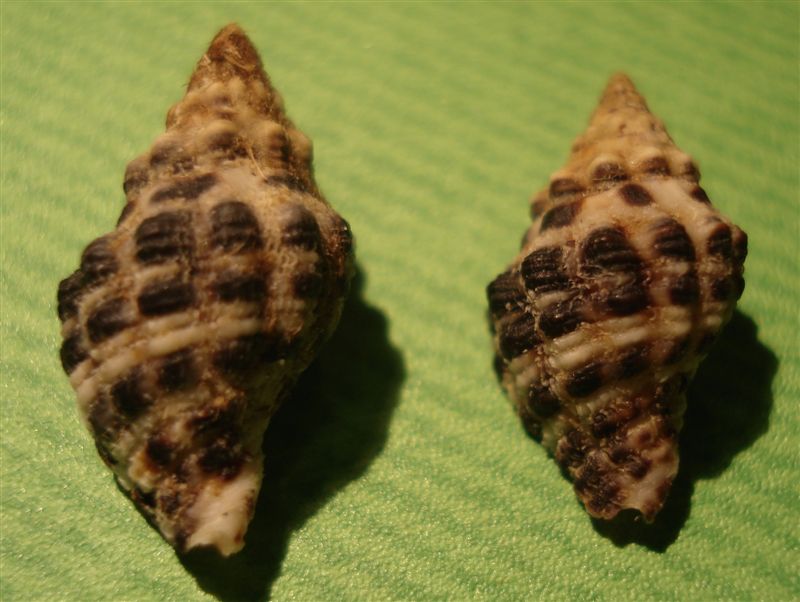
74,91 KB
Antalya, Turchia, mm. 18 e 16
Stefano |
 |
|
|
Murex76
Moderatore
   

Città: Palermo & Jesi (AN)

1917 Messaggi
Biologia Marina |
 Inserito il - 01 gennaio 2012 : 11:44:08 Inserito il - 01 gennaio 2012 : 11:44:08


|
Ciao,
concordo con Stepa, sono tutti Ergalatax junionae.
Giuseppe
Chi semina vento, raccoglie tempesta |
 |
|
 Discussione Discussione  |
|

 Forum
|
Registrati
|
Msg attivi
|
Msg Recenti
|
Msg Pvt
|
Utenti
|
Galleria |
Map |
Forum
|
Registrati
|
Msg attivi
|
Msg Recenti
|
Msg Pvt
|
Utenti
|
Galleria |
Map |